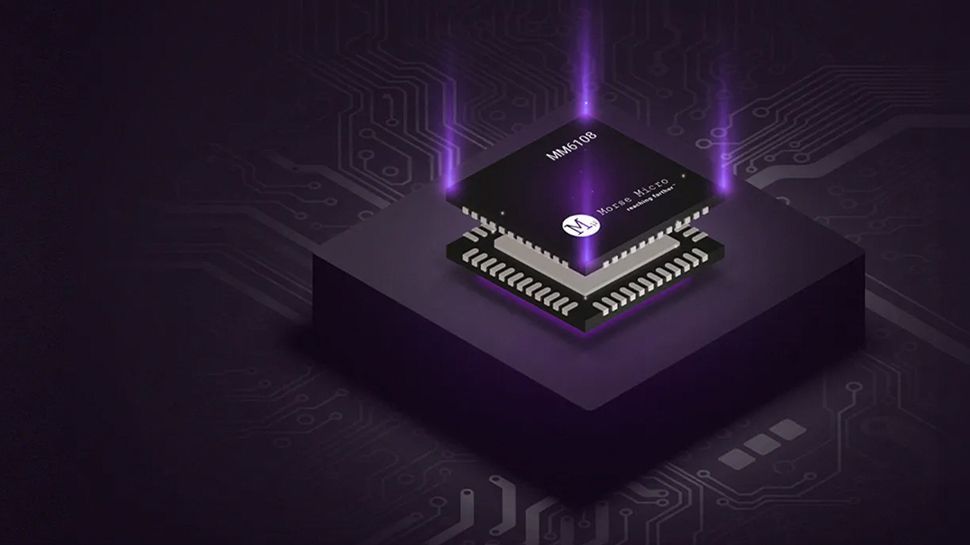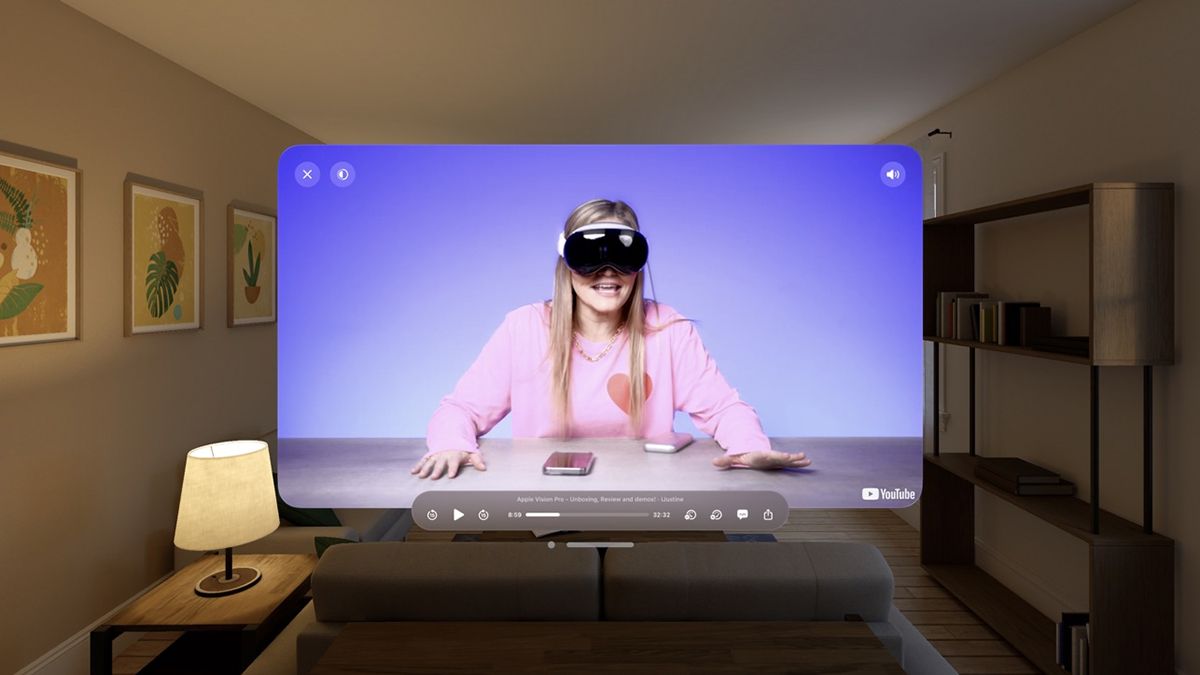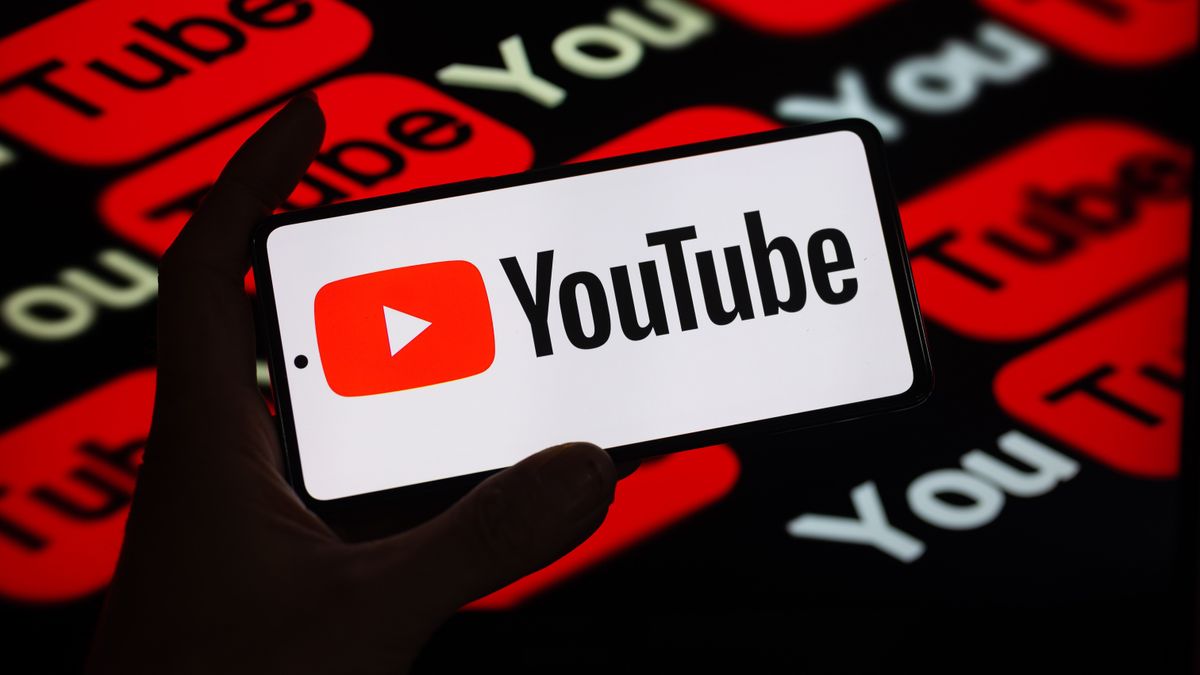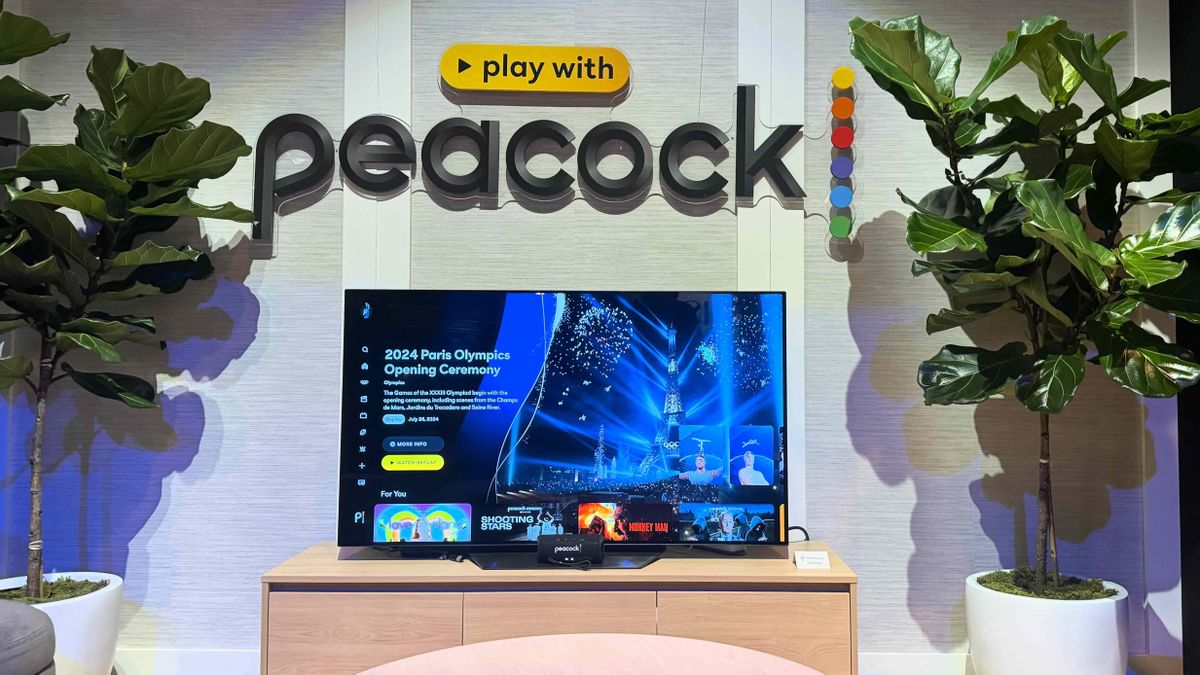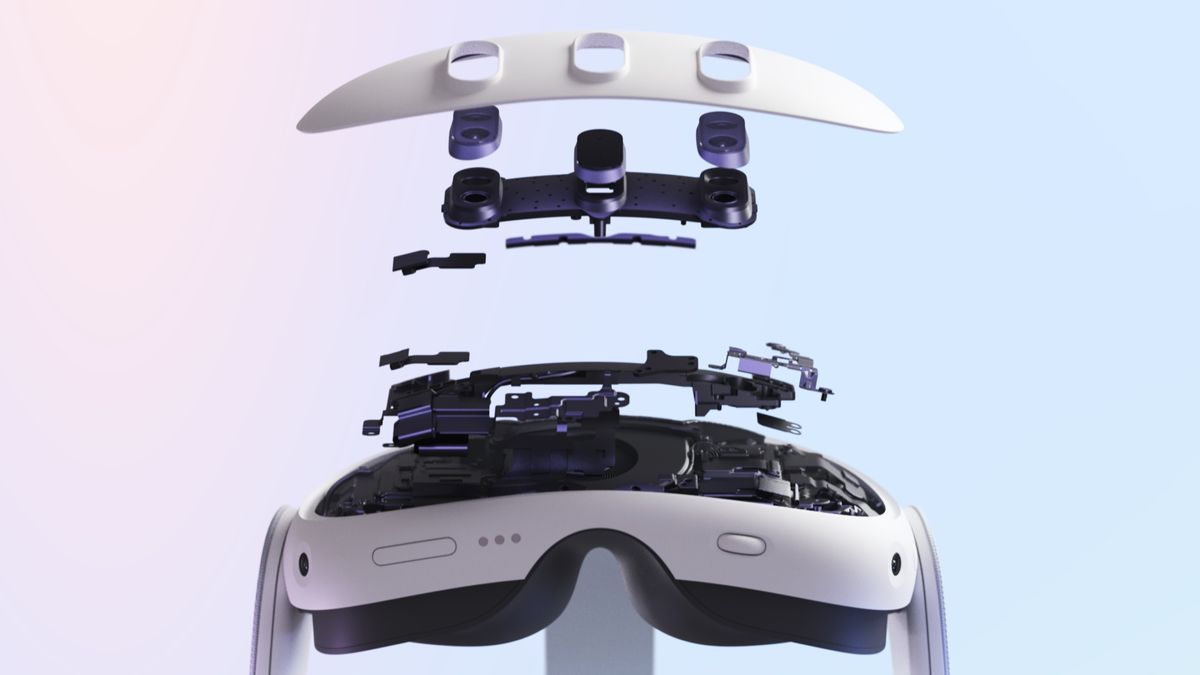HaLow is a technology we've covered several times over the years, starting in 2016, when we reported on what was a new Wi-Fi extension aimed specifically at the Internet of Things.
Eight years later, it looks like the technology is finally coming to fruition after Morse Micro recently demonstrated the first live application of HaLow Wi-Fi, 802.11ah with a range of 3 kilometers, setting a record for a long-range video call being made. It extended almost two miles.
HaLow is a low-power, long-range version of Wi-Fi based on the IEEE 802.11ah standard. It operates in the sub-GHz range (850-950 MHz), allowing it to pass through obstacles, walls and buildings, and allowing it to connect a greater number of IoT devices over much longer distances and using much less power. This equates to an impressive 10 times the range, 100 times the coverage area and 1000 times the volume of traditional Wi-Fi technologies.
Three kilometer range
Morse Micro's demonstration, enabled by its own system-on-chip (SoC), took place in San Francisco's Ocean Beach neighborhood and showcased HaLow's ability to reach long distances in challenging real-world conditions. By the time the test reached three kilometres, the speed had dropped from 17Mbps at the 250m mark to 1Mbps, but was still good enough to continue the call.
HaLow is not just about distance. The energy-saving capabilities of the technology can significantly extend battery life. This could be a game-changer, especially for devices powered by button batteries, allowing them to run for months without needing to change them.
“Our successful demonstration of Wi-Fi HaLow video calling over three kilometers in a challenging real-world urban environment is an important milestone for Wi-Fi connectivity and shows the incredible range of the wireless protocol,” said Michael De Nil, co-founder and CEO of Morse Micro. “With its unmatched range, exceptional low power consumption and superior performance, Wi-Fi HaLow stands as a pioneer in the IoT landscape.”
As undeniably impressive as it is, HaLow has some rivals, notably LoRa/LoraWAN (Long Range), which also offers low power, long range, cost-effective connectivity, and works well over long, difficult terrain. There is also NB-IoT (NarrowBand-Internet of Things), which is an extension of LTE that can offer low-bandwidth communications on licensed mobile networks.

